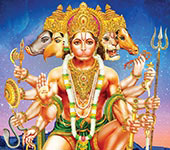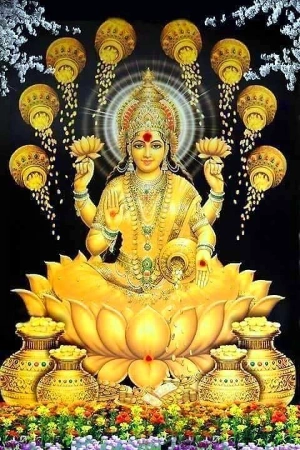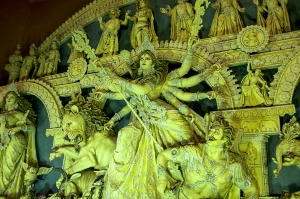10.5K
Likes
230
Comments
Recommended for you
Mantra For Timely Rains And Fertile Land

निकामे निकामे नः पर्जन्यो वर्षतु फलिन्यो न ओषधयः पच्यन्�....
Click here to know more..Vibhishana takes refuge in Lord Rama
 Click here to know more..
Click here to know more..
Mahalakshmi Dandakam

mandaaramaalaanchitakeshabhaaraam mandaakineenirjharagaurahaaraam. vri'ndaarikaavanditakeertipaaraam vandaamahe maam kri'tasadvihaaraam. jaya dugdhaab....
Click here to know more..
English Topics
Devi
Click on any topic to open
- 47 A Man Becomes a Woman and Again a Man
- 46 Prayer To Saraswati Devi
- 45 Background Of Srividya Sadhana
- 44 Do you know what happened when Gowri and Lakshmi deserted their husbands?
- 43 Why Devi Is Called Chandee
- 42 Why Pujas Should Be Done By Husband And Wife Together
- 41 Lakshmi Devi Had Become A Horse Once. Do You Know This Story?
- 40 Atomic theory of Vaisheshika connected to Devi
- 39 Important Messages From Durga Saptashati
- 38 Aditi The Mother Of Devas
Please wait while the audio list loads..
30
Ganapathy
Shiva
Hanuman
Devi
Vishnu Sahasranama
Mahabharatam
Practical Wisdom
Yoga Vasishta
Vedas
Rituals
Rare Topics
Devi Mahatmyam
Glory of Venkatesha
Shani Mahatmya
Story of Sri Yantra
Rudram Explained
Atharva Sheersha
Sri Suktam
Kathopanishad
Ramayana
Mystique
Mantra Shastra
Bharat Matha
Bhagavatam
Astrology
Temples
Spiritual books
Purana Stories
Festivals
Sages and Saints
26
15
13
Copyright © 2024 | Vedadhara | All Rights Reserved. | Designed & Developed by Claps and Whistles
